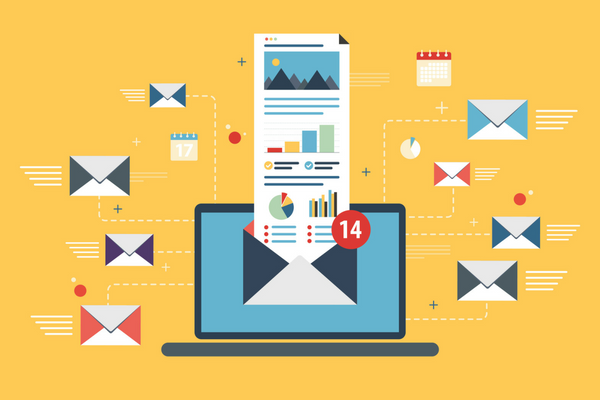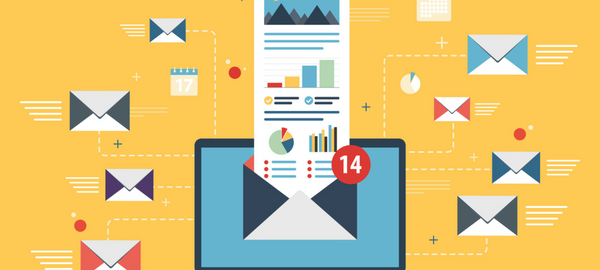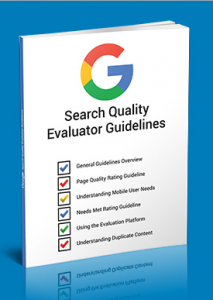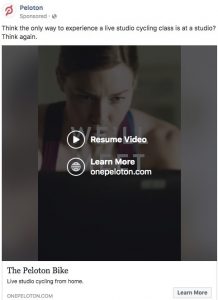— January 6, 2019

Emails are a useful and direct way for B2B organizations to share information with customers and prospects. They can also be effectively used as a demand generation tool or in cross-channel marketing campaigns.
More specifically, effective email marketing campaigns help your organization to:
- Stay top of mind via email nurture campaigns
- Deliver timely and personalized messages to specific audiences
- Support lead generation efforts by promoting gated content through trusted sponsored email providers
- Amplify company content and boost SEO
To be effective, your email marketing strategy should:
Use segmentation for relevant and tailored messaging
Your contact database probably includes a wealth of information about your prospects and customers. But what information is fair game for email segmentation?
To define segmentation list criteria, first make sure that your email campaign’s goals have been established. A clear campaign goal will often solve the dilemma for you. If your goal is to educate users about the new features launched in the latest release of your SaaS offering, it will suffice to pull a list of subscribers to that particular product. If the goal is to promote the new features to potential buyers in the hopes of driving a purchase, then your list parameters would be completely different.
An easy way to define the target audience for a promotional campaign is to look for patterns in your current customer database. Here are some ideas:
- Job title: Which customers interact with account representatives? Which have a support account? These customers probably have purchasing power, or they influence buying decisions. It would make sense to target prospects with similar job titles.
- Industry: Do companies within a particular industry spend more on your products and services as compared to others? Identify valuable industries and develop campaigns that address their specific needs.
- Use case: How are your customers using your products? Develop campaigns around the product feature that brings the most repeat business, targeting prospects whose needs would best be addressed by that feature.
Offer a clear CTA
An effective email marketing campaign has an overarching goal. It stands to reason that each of the individual emails within the campaign should directly contribute towards that goal. However, it’s easy for enthusiastic marketers to fall into the trap of trying to do too much in one email.
While it may seem efficient and harmless to promote your upcoming event during your next scheduled send, you have to objectively consider if the extra message will detract from the email’s end goal.
If your emails suggest multiple courses of action, make sure to place the primary CTA—the one most closely related to the campaign goal—at the forefront. This CTA should not be washed out by the others. You can evaluate whether the primary CTA is receiving enough focus by following these CTA best practices:
- DO make sure that at least 90% of the email content speaks to the primary CTA.
- DO place the primary CTA in prime real estate areas (e.g. header banner, above the fold).
- DON’T detract attention by including imagery specific to the ancillary CTA’s. If imagery is necessary, make sure it’s located at the bottom of the email.
Ultimately, we want to avoid taking the click away from the primary CTA. Once the reader clicks into a browser window to explore a secondary offer, he or she may get distracted and never come back to the email.
Ensure a positive user experience
A clear CTA is important because it makes the email easy for the reader to consume. Getting someone to open your promotional email with a persuasive subject line is a big win. However, you run the risk of losing them mid-scroll if they perceive it to be a lot of work to have to dig through content to find the point of the email. This goes hand in hand with having a clear CTA.
Here are some factors to consider when optimizing an email for readability:
- Length of copy – Are you saying what you need to say and nothing more?
- Size of images – Not only do images add bulk to your email’s file size and can potentially slow loading times, they also draw the viewer’s eye away from other elements in the email. Are your images working for you or against you?
- Mobile Responsiveness – Can your subscribers read your email without having to zoom in or strain their eyes? If you don’t have the resources to design for mobile, keep your font sizes large and test your layouts for visibility on smaller screens.
- Deliverability – Everything else is moot if your audience doesn’t receive your email, or if they receive it in a way that tells them they should distrust you as a sender. Keep your communications out of the spam box by following list collection best practices.
Optimize against AB testing and performance metrics
Finally, we’ve written about the importance of AB testing on our blog before—a lot of marketers have. A sort of industry trend, AB testing now comes as a standard feature in many email marketing platforms. Now that it’s easier than ever to run AB tests, it’s also easy to forget basic data and experimentation principles when designing our tests. In other words, we see many marketers running AB tests just for the sake of it. Unfortunately, you can’t optimize against AB tests without designing a well-thought-out experiment, detailing variables, controls and representative sample sizes. An AB test is not a once-and-done type of thing. You have to gather data over a long period of time in an organized and controlled way to come up with conclusive results.
Beyond AB test results, marketers also optimize on performance metrics like the typical open, click-through and bounce rates. Suboptimal list collection and hygiene practices can skew performance metrics and make it difficult to accurately assess a campaign’s performance. Email marketers should make a conscious effort to clear out abandoned inboxes or disinterested contacts who never open or engage with an email because:
- These contacts don’t bring any value to the marketing campaign—it’s extremely unlikely that either will respond.
- Their inactivity brings down overall performance metrics. It’s better to compare the response of active and interested contacts so you can better assess the offer’s efficacy.
- Positive engagement signals to email clients that your email is wanted and is not spam. Lack of engagement can do the opposite.
An effective email marketing campaign can help close deals and generate revenue. Despite recent data control legislature, email marketing continues to be viewed as a critical channel. As marketers, we can keep up with the changing landscape by following data hygiene and list collection best practices to make sure that people are receiving the message most relevant to them. But remember—best practices don’t apply to everyone at every time. Testing and data analysis continue to be critical in optimizing email strategies.
Digital & Social Articles on Business 2 Community
(51)









